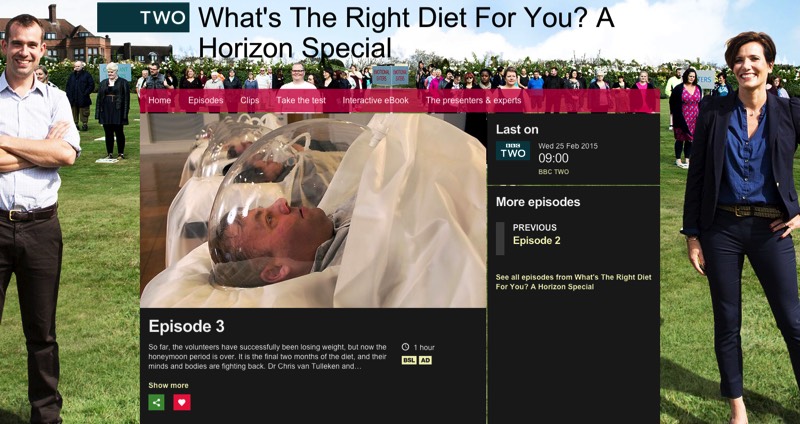HUMAN ENERGY MEASUREMENT AND ANALYSIS
GEMNutrition
Abstract for presentation at
3rd American Society of Nutrition Middle East Congress (Nutrition in Health & Disease)
19- 21 February 2014 Dubai, UAE.
3rd American Society of Nutrition Middle East Congress (Nutrition in Health & Disease)
19- 21 February 2014 Dubai, UAE.
Measuring Resting Metabolic Rate for effective Weight Loss
Among the population of the Middle East aged 20 and older, the prevalence of overweight and obesity is reported to be 68%. [Regional Strategy on Nutrition 2010-2019 WHO EMRO].
Weight gain is a consequence of eating more calories than the body uses. Frankfield etal. showed a range of predictive equations for Resting Metabolic Rate (RMR) had an error for an individual ranging from 233 Kcal to 426 Kcal.{1} Weijs etal. concluded that when available measuring RMR is the best option in individual patient care.{2}
To demonstrate the effectiveness of weight loss based on measuring RMR rather than estimating we selected a male subject who initially weighing 84.7Kg An RMR was estimated to be 1861KCal using the WHO equation – (REE = 11.6xKg + 879). Using a standard Physical Activity Level (PAL) multiplier of 1.3, A Total Energy Expenditure (TEE) was calculated to be 2419Kcal. A typical diet intervention might suggest aiming for a daily deficit of 500Kcal, so this would require a daily consumption of 1919Kcal.
However when the subject was measured using the GEM Indirect Calorimeter, the actual RMR was 1968Kcal. Using the same PAL of 1.3 this represents a TEE of 2558Kcal. RMR is the minimum number of calories that a body needs to maintain healthy functionality, so the estimated equations would not even provide this basic level of nutrition. Rather, an energy deficit diet of 375 Kcal was adopted and this resulted in a weight loss of 2.2 Kg over 45 days.
This suggests that it is essential to measure RMR as part of a successful weight loss intervention. In line with the WHO recommendations that stated ‘ RMR predictive equations are to be revisited, reviewed and revised and there is an urgent need for more TEE and measured BMR studies’.{3} We propose further research measuring RMR particularly targeting the local population.
1.Frankfield D. Comparison of Predictive Equations for Resting Metabolic Rate in healthy non-obese and obese adults J Am Diet Assoc 2005;105:775-89
2.Weijs PJM etal. Validation of Predictive Equations for Resting Energy Expenditure. Clin Nutr2007. Do:10.1016/j.clnu.2007.09.001
3.Human Energy Requirements, Report of a joint FAO/WHO/UN expert consultation Rome, 17-24October 2001
Among the population of the Middle East aged 20 and older, the prevalence of overweight and obesity is reported to be 68%. [Regional Strategy on Nutrition 2010-2019 WHO EMRO].
Weight gain is a consequence of eating more calories than the body uses. Frankfield etal. showed a range of predictive equations for Resting Metabolic Rate (RMR) had an error for an individual ranging from 233 Kcal to 426 Kcal.{1} Weijs etal. concluded that when available measuring RMR is the best option in individual patient care.{2}
To demonstrate the effectiveness of weight loss based on measuring RMR rather than estimating we selected a male subject who initially weighing 84.7Kg An RMR was estimated to be 1861KCal using the WHO equation – (REE = 11.6xKg + 879). Using a standard Physical Activity Level (PAL) multiplier of 1.3, A Total Energy Expenditure (TEE) was calculated to be 2419Kcal. A typical diet intervention might suggest aiming for a daily deficit of 500Kcal, so this would require a daily consumption of 1919Kcal.
However when the subject was measured using the GEM Indirect Calorimeter, the actual RMR was 1968Kcal. Using the same PAL of 1.3 this represents a TEE of 2558Kcal. RMR is the minimum number of calories that a body needs to maintain healthy functionality, so the estimated equations would not even provide this basic level of nutrition. Rather, an energy deficit diet of 375 Kcal was adopted and this resulted in a weight loss of 2.2 Kg over 45 days.
This suggests that it is essential to measure RMR as part of a successful weight loss intervention. In line with the WHO recommendations that stated ‘ RMR predictive equations are to be revisited, reviewed and revised and there is an urgent need for more TEE and measured BMR studies’.{3} We propose further research measuring RMR particularly targeting the local population.
1.Frankfield D. Comparison of Predictive Equations for Resting Metabolic Rate in healthy non-obese and obese adults J Am Diet Assoc 2005;105:775-89
2.Weijs PJM etal. Validation of Predictive Equations for Resting Energy Expenditure. Clin Nutr2007. Do:10.1016/j.clnu.2007.09.001
3.Human Energy Requirements, Report of a joint FAO/WHO/UN expert consultation Rome, 17-24October 2001
Everest Trek 2014
People gain weight when they eat more calories than they burn and lose weight when they burn up more calories than they eat. Therefore, to lose weight, you need to create an energy deficit by eating fewer calories or increasing the number of calories you burn through physical activity or both.
To demonstrate this we monitored a male subject on a recent trek to Everest who lost 4kg over 13 days. This is an Energy Deficit of 30,800Kcal or 2,369 Kcal per day. Based on a food diary the estimated energy consumed was 3,999 Kcal/day. This indicates that the Total Energy Expenditure (TEE) was 6,368Kcal/day. Thus the food consumed was only providing 63% of TEE with the remainder being supplied from the body’s own internal stores.
The use of indirect calorimetry to assess Resting Metabolic Rate (RMR) and set energy intake goals positively influences weight loss success (McDonieletal). Measured on the GEM Indirect Calorimeter, the subject had an RMR of 1968Kcal/day. This indicates a TEE at normal living of 2558Kcal/day. Thus the TEE whilst trekking was approximately 2.5 times greater, which shows the effects of cold, altitude and exercise.
The foundation for weight loss continues to be based on the balance between physical activity and diet. Measure how many calories you need and take in fewer calories than you burn, and you lose weight.
To demonstrate this we monitored a male subject on a recent trek to Everest who lost 4kg over 13 days. This is an Energy Deficit of 30,800Kcal or 2,369 Kcal per day. Based on a food diary the estimated energy consumed was 3,999 Kcal/day. This indicates that the Total Energy Expenditure (TEE) was 6,368Kcal/day. Thus the food consumed was only providing 63% of TEE with the remainder being supplied from the body’s own internal stores.
The use of indirect calorimetry to assess Resting Metabolic Rate (RMR) and set energy intake goals positively influences weight loss success (McDonieletal). Measured on the GEM Indirect Calorimeter, the subject had an RMR of 1968Kcal/day. This indicates a TEE at normal living of 2558Kcal/day. Thus the TEE whilst trekking was approximately 2.5 times greater, which shows the effects of cold, altitude and exercise.
The foundation for weight loss continues to be based on the balance between physical activity and diet. Measure how many calories you need and take in fewer calories than you burn, and you lose weight.
*LATEST NEWS*
See us on the BBC Horizon Special - What’s The Right Diet For You?

PLEASE CONTACT US TO DISCUSS GEMNUTRITION AND INDIRECT CALORIMETRY - SUPPORT, ADVICE AND CONSULTANCY


